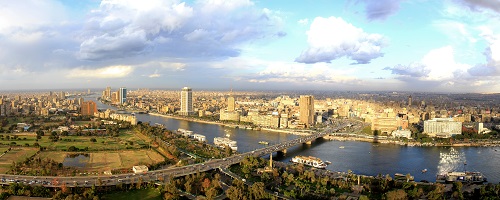Foreseeing the cities of the future?

Related topics
Energy Environment & climate action Innovation Funding Researchers Transport European Research Council Secure, clean and efficient energy Smart, green and integrated transport United Kingdom Environmentdate: 22/09/2015
Project: "Morphology, Energy and Climate Change i...
acronym: MECHANICITY
See also: CORDIS
At the University College London, ERC grantee Prof. Michael Batty, a distinguished theorist and modeller of urban change, works to develop a new 'Science of Cities'.
Addressing the complexity of cities
Prof. Batty uses mathematical models and fractal geometry to analyse the functioning and evolution of the urban landscape. He studies cities as complex systems made of networks, a diversity of flows and movement. With his research team of physicians, mathematicians, social scientists, computer programmers, engineers, geographers, planners and architects, he applies "social physics" to the analysis of cities, which he describes as "sets of actions, interactions, and transactions".
"We look at cities from different scientific approaches, developing new theories in the same way as they are done in other areas, like Physics, Biology or Social sciences" explains Prof. Batty “The goal is to better grasp how cities grow and, ultimately, to support urban planners and policy makers in designing these better.”
Transportation networks and energy-related flows
To understand cities, the research team examines the size of cities, their internal order, the transport flows and the locations that fix these networks. The particular focus of Prof. Batty's ERC research, is on energy and climate change, i.e. how urban morphology can be affected by energy usage, as a consequence of the global warming.
"Cities evolve on the basis of interactions between individuals and groups within physical bounds", points out Prof. Batty. "By making, for instance, energy-related flows and locations much more central in current metropolitan areas, urban futures can be improved"
Transportation networks and information flows are also part of the equation. For the ERC grantee, cities are known to be, essentially, places where exchange takes place. Transportation networks traditionally enable the exchange of material goods but, information flows are increasingly complementing physical flows and social relations that take place through space may involve both information and physical travel.
Beyond theory
To build his theories, Prof. Batty applies traditional concepts in Physics - such as energy, potential and force - to human populations. He looks, for instance, at the opposing dynamics that can determine the shape of a city, like people's desire to be close to each other, leading to agglomeration, and people's wish to maximise the space available to them, acting as dispersion. He also observes regularities and relations: "the bigger the city, the fewer cities of the same size exist and the bigger the distance to the closest city." This is called scaling and it illustrates how cities change qualitatively as they get bigger.
However, the goal of the ERC researcher is to convert these theories and regularities into usable and testable models. "In the complex modern world, predicting the future is simply in the round of fiction. Yet, the aim of these models is to alert decision-makers about the key pressure points on the system", explains Prof. Batty.
More at ERC website
